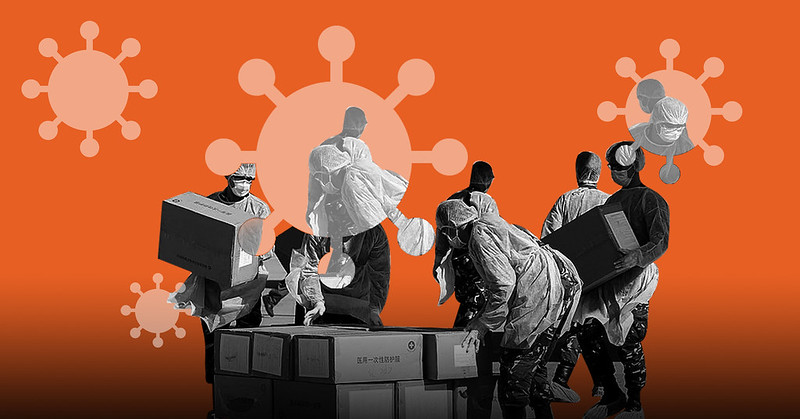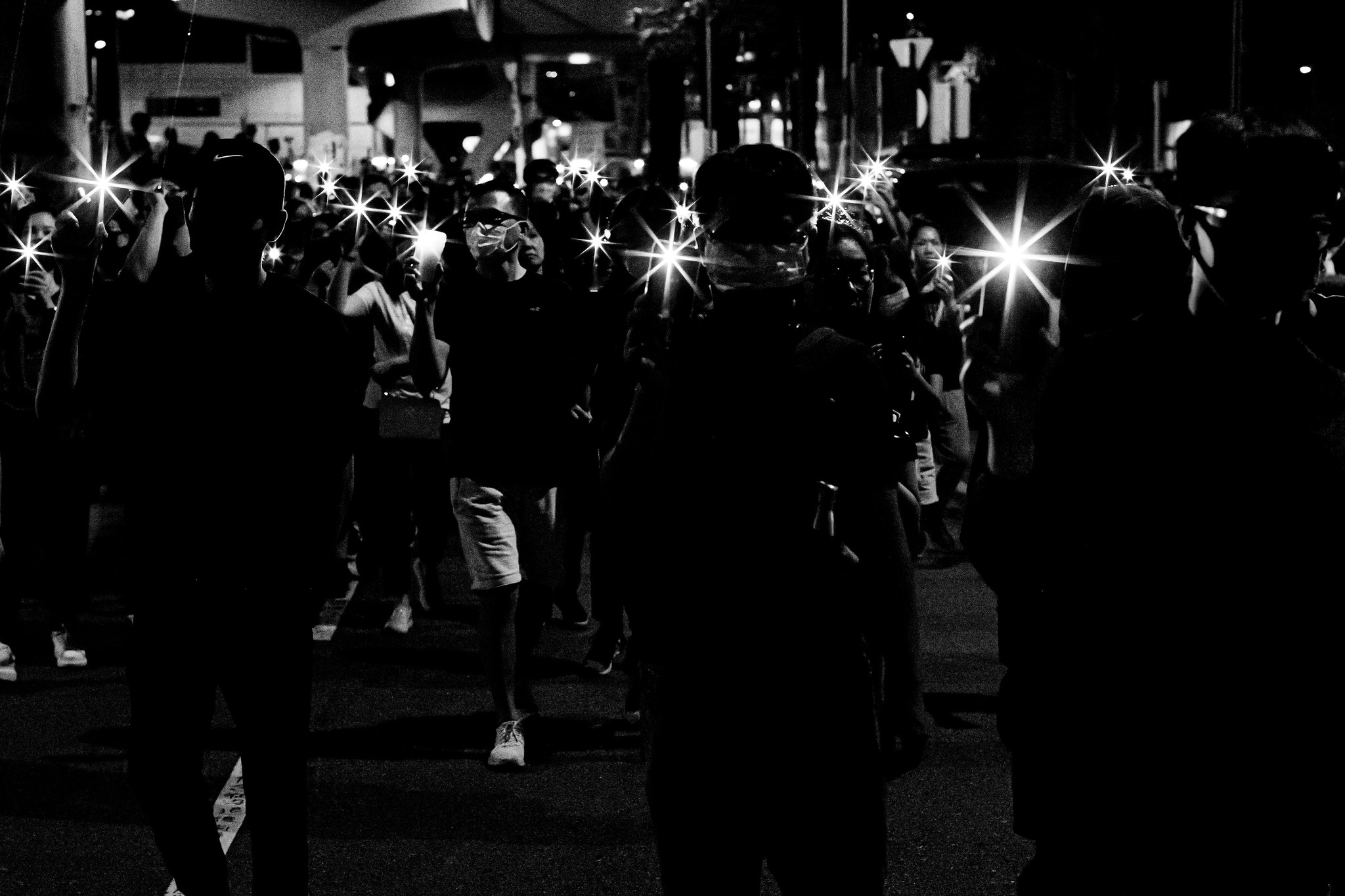A little over a month ago, on April 17, a ten-year-old Muslim boy named Abdifatah Mohamud, was brutally murdered in Buffalo, NY by his stepfather—beaten to death more than 70 times with a rolling pin. The stepfather admitted to “…binding the boy’s hands, stuffing a sock into his mouth, duct taping the boy’s mouth and beating him to death.” Abidifatah himself had made two frantic calls to 911 the year before he died, pleading for help, but no one arrived at his home to investigate or intervene.The day of his death, he ran to a neighbor’s home asking for refuge, but she urged him to return home.
One month prior to Abdifatah’s death, on March 19, six-year-old Khalil Wimes died at the hands of his parents. He was already gone when his parents brought him to Children’s Hospital of Philadelphia. He weighed a meager 29 pounds and bore countless scars across his face and body, markers of the beatings he had suffered for the past two years. Khalil’s two adult sisters admitted that the little boy spent the final months of his life ill, malnourished and in and out of school because his parents would refuse to feed him and would routinely hit him with anything they could use as a weapon—extension cords, belts, books or shoes. Extended family saw the bruised, frail boy and looked the other way. Khalil had not always had been a terrorized child; he spent the first three years of his life with his loving foster mother who also happened to be his distant cousin. Authorities decided to return Khalil to his addicted parents—six other children had already been removed from the couple’s care because child services had confirmed abuse and neglect—as an attempt at family reunification. His foster mother had been knocking on adoption agencies’ doors for three years in a futile effort to regain custody of Khalil. And now she never will.
We cannot dismiss these stories with a pitying shake of the head because we, the Muslim community, share the burden of guilt. We have remained woefully silent on the issue of child abuse and family violence within our communities. Our Imams and Islamic publications pump out countless sermons and articles advising women on dress and couples on marriage, but there is a conspicuous silence when it comes to addressing child or spousal abuse. Perhaps we don’t know when or how to intervene or we fear that by acknowledging these crimes, we will bring negative attention to our communities and confirm the worst suspicions of non-Muslims—that ours is an inherently violent, harsh faith and society. We often complain, and rightly so, that non-Muslims limit their examination of Islam to women’s dress, but we are guilty of doing the same. We too have ended the conversation, the self-reflection at issues of modesty or Muslim women’s right to work or choose her spouse, while critical problems, like child abuse, languish on the sidelines of community dialogue.
The first step to jumpstarting the conversation lies in acknowledging that there is, in fact, a problem, and we do this by gathering reliable statistics on child abuse in the Muslim community. We do know that roughly 1 in 58 children is abused in the United States—a far greater incidence than the epidemic autism rates which have made the news in recent years—but we now need equally sharp numbers on abuse in the Muslim community. Roughly 53 percent of abused children in America are neglected, in other words, the parents fail to provide a minimum standard of care that meets the child’s physical and emotional needs. About 10 percent of abused children are physically abused by their parent/guardian. If we assume that there are 1.5 million Muslim American children—a conservative estimate by most standards—and we then apply the above nation-wide percentages to the Muslim population in America, we find that we have almost 26,000 Khalils and Abdifatahs in our community.
But, in truth, there are far more. If we look at the incidence of child abuse in Muslim-majority countries, our numbers are much higher than those in America, and because our cultural norms immigrate with us, it stands to reason that Muslim American children are abused at a higher rate than non-Muslim children in the U.S. The largest Muslim American community hails from South Asia where, according to a 2007 study carried out in India, two out of three Indian children are physically abused. The next largest group of Muslims to come to America is Arab. UNICEF estimates that at least half of Arab children, in other words, one in two, are the victims of physical abuse. The third largest group, African-Americans, also suffer abuse at rates greater than the U.S. population as a whole. These three ethnic groups comprise 85 percent of all Muslim Americans and from the above percentages, we can infer that the children belonging to this huge slice of our community experience child abuse at rates far higher than the US average. We don’t have 26,000 Abdifatahs and Khalils in our community. We likely have as many as 750,000 Abdifatahs and Khalils.
With a number so staggeringly high, you can be sure that some of the children in your child’s Islamic school or Sunday school are being abused. To think otherwise, is to put your head in the sand. What can we do as a community? We must begin to re-examine the cultural norms that encourage, or at least sanction, disciplining one’s child to the point of physical abuse. This conversation can take place via parenting seminars, anger management programs, and accountability/support groups—all of which are currently unavailable in our communities. And of course, while some of these classes can be Islamic in nature, others do not have to be. The bottom line is that we need to set up forums in which to talk frankly about this problem and provide resources that offer a solution or alternative.
The first action you can take after finishing this article is to find out if your Islamic center or mosque has a policy that demands that its members report child abuse in the community. Does your mosque have a plan in place to then help both the parents and the child? If not, it is time to pressure the center’s board for both a policy and an action plan. We all must report, without exception, every instance of suspected child abuse and domestic violence to the police and/or child protective services. Imams and other clergy are mandatory reporters in over 26 states.
Abdifatah was beaten over 70 times on his head and body with blunt force by his stepfather. For all the potential Abdifatahs in our community, please call your Islamic center and ask the Imam to address child abuse in a sermon or seminar. Let’s see seventy khutbahs on child abuse, seventy khutbahs on anger management and seventy khutbahs on family violence before we talk about hijab again.
Karla Kellam is a competitive intelligence and marketing consultant who works for Project Sakinah in social media. She reverted to Islam 15 years ago. Project Sakinah is a national initiative of Dar al Islam to stop family violence. We provide videos, workshops and training materials for both individuals and communities in order to helps them organize their own family violence action teams. In 2011, Project Sakinah spearheaded a national campaign “Gathering Community to Stop Domestic Violence” and reached thousands of Muslims all over the country. They also urged Imams to give sermons on domestic violence.
(Photo Credit: projectsakinah.org)




